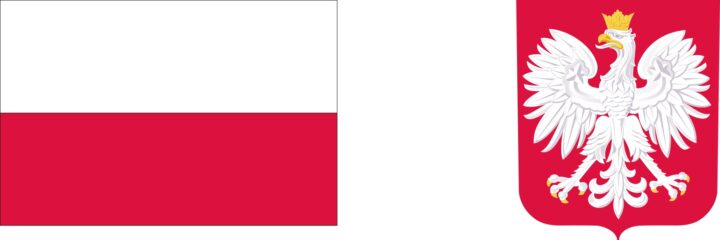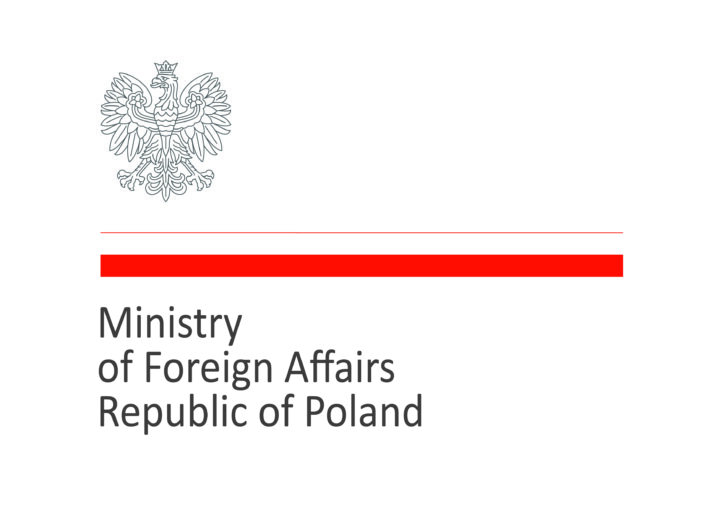Is the right wing doomed to Trumpisation? Orban and Fiala show two possible paths [VIDEO]
When we look at two governments – the Czech government of Petr Fiala and the Hungarian government of Viktor Orban – we can actually see two possible paths for the existence and evolution of the centre-right in our region. In a sense, this is also a question about the future of the Polish centre-right, so it is worth looking at these two models.
For years, Viktor Orban has been not only the Law and Justice government’s most important ally in European politics, but more broadly the ruling camp’s main source of inspiration and aspiration. Recent months, however, have brought, if not a break-up, then certainly an increasingly deep crisis in this alliance. The reason, of course, is the attitude of the Hungarians, Fidesz and Orban himself to the war in Ukraine. Unlike Poland and the other countries in our region – the Hungarians are far from being unequivocally committed to the side of Ukraine. They maintain today’s above-standard good relations with Russia and weaken European solidarity.
Does this mean that Poland has lost a key ally in the region? One could perhaps risk the statement that it has not entirely. Increasingly, the Czechs are taking the place of Poland’s key ally in Central Europe. This is symbolised not only by the suloving the Turów dispute, the participation of Prime Minister Petr Fiala in the unprecedented 'Kyiv expedition’ of Mateusz Morawiecki and Jarosław Kaczyński and increasingly intense bilateral relations.
But this swap is interesting from yet another point of view. When we look at the two governments – the Czech government of Petr Fiala and the Hungarian government of Viktor Orban – we can actually see two possible paths of existence and evolution of the centre-right in our region. In a sense, it is also a question about the future of the Polish centre-right.
It seems that this centre-right, Christian Democrat path of the Czechs is some kind of memory from a different time, a politics from before PO-PiS failed in 2005, and certainly from before the Smolensk catastrophe. ‘Trumpian path’ of Orban, on the other hand, is the natural direction in which other right-wing parties around the world are going.
***
This article is available under a Creative Commons Attribution 4.0 International license. Some rights reserved to the Author of the article and the Jagiellonian Club. The article was created within the framework of „Polish-Czech Forum for the rapprochement of societies, deepened cooperation and good neighborliness 2022”. Any use of the work is allowed, under the condition that the above-mentioned information is preserved, including information about the applied license, rights holders, and that a link to our website is provided.
The opinions expressed in this publication are those of the authors and do not reflect the views of the official positions of the Ministry of Foreign Affairs of the Republic of Poland. Public task financed by the Ministry of Foreign Affairs of the Republic of Poland within the grant competition „Polish-Czech Forum 2022”.




![Is the right wing doomed to Trumpisation? Orban and Fiala show two possible paths [VIDEO]](https://klubjagiellonski.pl/wp-content/uploads/2022/08/52038456375-908798bc29-o-1440x960.jpg)

